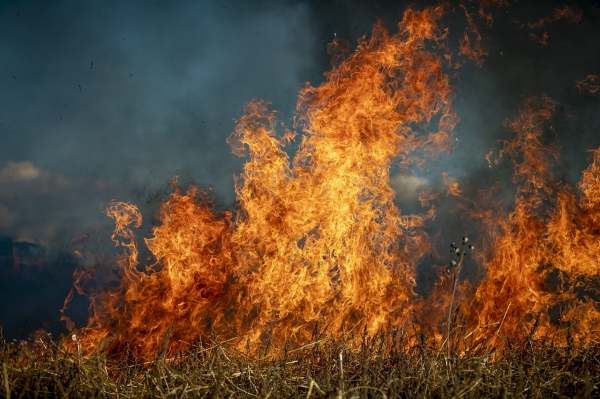As wildfires in Siberia become more common, global climate modeling estimates significant impacts on climate, air quality, health, and economies in East Asia and across the northern hemisphere.
As wildfires in Siberia become more common, global climate modeling estimates significant impacts on climate, air quality, health, and economies in East Asia and across the northern hemisphere.
The global effects of increasing wildfires in Siberia have been modeled by researchers at Hokkaido University and colleagues at the University of Tokyo and Kyushu University. The results, published in the journal Earth’s Future, suggest significant and widespread effects on air quality, climate, health, and economics under the most extreme wildfire scenarios.
The authors performed global numerical simulation experiments to evaluate how the increased intensity of wildfires in Siberia would affect air quality, premature mortality, and economy through increased atmospheric aerosols (air pollution particles) under the present climate and near-future global warming scenarios.
“Our modeling reveals a cooling effect broadly across the northern hemisphere and worsened air quality in extensive downwind regions,” says Associate Professor Teppei Yasunari of the Hokkaido team.
Read more at Hokkaido University
Photo Credit: fish96 via Pixabay




